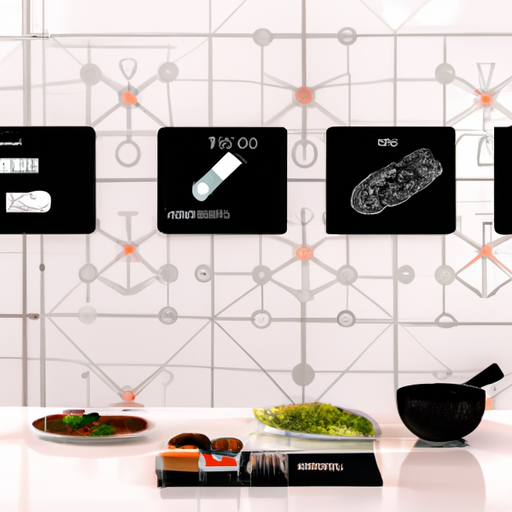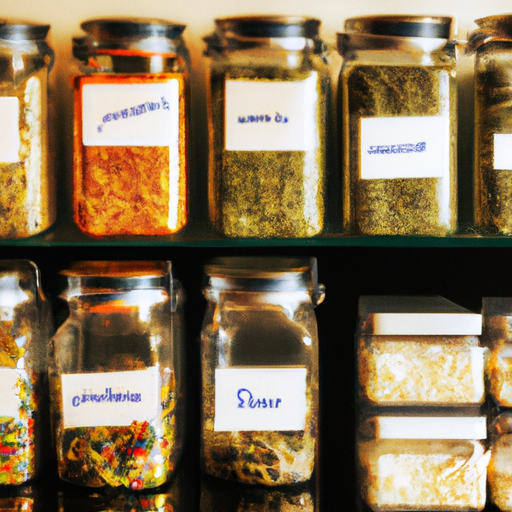Traditional fermentation practices are experiencing a renaissance in modern kitchens worldwide. Top chefs are reimagining classic fermented foods with innovative twists and scientific precision. This culinary revolution is transforming everything from home cooking to fine dining, with exciting new flavors and health benefits.

The ancient art of fermentation is experiencing an unprecedented revival in contemporary cuisine, merging time-honored traditions with modern scientific understanding and culinary innovation. This transformation is reshaping how we think about food preservation, flavor development, and gut health in the 21st century.
Fermentation, at its core, is a metabolic process that converts sugar to acids, gases, or alcohol using yeast, bacteria, or other microorganisms. While this process has been used for thousands of years to preserve food and create distinctive flavors, today's culinary professionals are approaching it with renewed interest and scientific precision.
The modern fermentation movement goes far beyond traditional products like sauerkraut, kimchi, and kombucha. Innovative chefs are experimenting with unexpected ingredients and creating entirely new flavor profiles. For instance, lacto-fermented fruits are appearing on fine dining menus, while fermented honey and garlic are becoming staples in progressive kitchens.
One of the most exciting developments is the use of controlled environment chambers that allow for precise temperature and humidity control during the fermentation process. These chambers enable chefs to achieve consistent results and experiment with different variables to create unique flavor profiles. The technology has made it possible to standardize what was once a highly variable process.
The health benefits of fermented foods have also contributed significantly to their popularity. Research continues to demonstrate the positive impact of probiotic-rich foods on gut health, immune function, and even mental well-being. This has led to increased interest from health-conscious consumers and has inspired chefs to incorporate more fermented elements into their dishes.
In professional kitchens, chefs are creating dedicated fermentation programs, with some restaurants maintaining libraries of hundreds of different fermented ingredients. These programs often include both quick ferments that can be ready in days and long-term projects that may take months or even years to reach their peak flavor.
The rise of fermentation has also influenced restaurant design, with many establishments now featuring visible fermentation rooms where diners can observe the process. These spaces serve both practical and educational purposes, allowing chefs to monitor their ferments while also creating a unique dining experience for guests.
Home cooks are increasingly embracing fermentation as well. The availability of quality fermentation equipment and detailed guides has made it more accessible than ever to experiment with these techniques at home. From simple vegetable ferments to more complex projects like homemade miso or aged hot sauces, enthusiasts are discovering the satisfaction of creating their own fermented products.
The sustainability aspect of fermentation has also contributed to its renewed popularity. As concerns about food waste grow, fermentation offers a way to preserve seasonal ingredients and reduce spoilage. Many chefs are using fermentation to transform potential waste products into valuable ingredients, creating new flavors while promoting environmental responsibility.
The intersection of traditional fermentation techniques with modern technology has led to fascinating innovations. For example, some researchers are using DNA sequencing to better understand the microorganisms involved in various fermentation processes, leading to more controlled and predictable results.
Looking ahead, the fermentation trend shows no signs of slowing down. As our understanding of the process continues to evolve, we can expect to see even more creative applications in both professional and home kitchens. The combination of scientific knowledge, culinary creativity, and health awareness is driving continuous innovation in this field.
For those interested in exploring fermentation, starting with simple projects like vegetable ferments or kombucha can provide a foundation for understanding the basic principles. As confidence grows, more complex projects can be undertaken, each offering new insights into this fascinating process.
The modern fermentation movement represents a perfect synthesis of tradition and innovation, science and craft, preservation and creation. It reminds us that some of the most exciting developments in contemporary cuisine can come from reexamining and reimagining ancient techniques through a modern lens.



